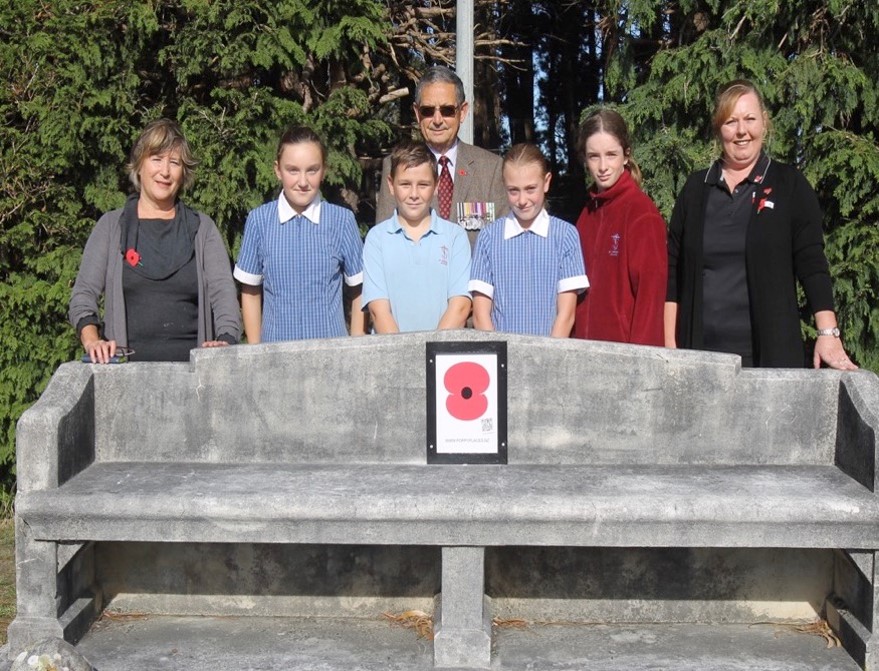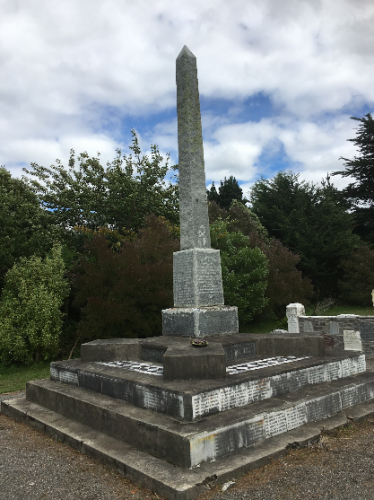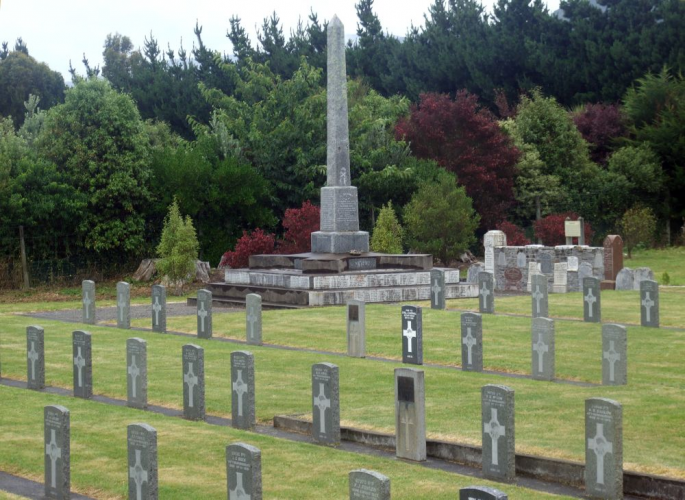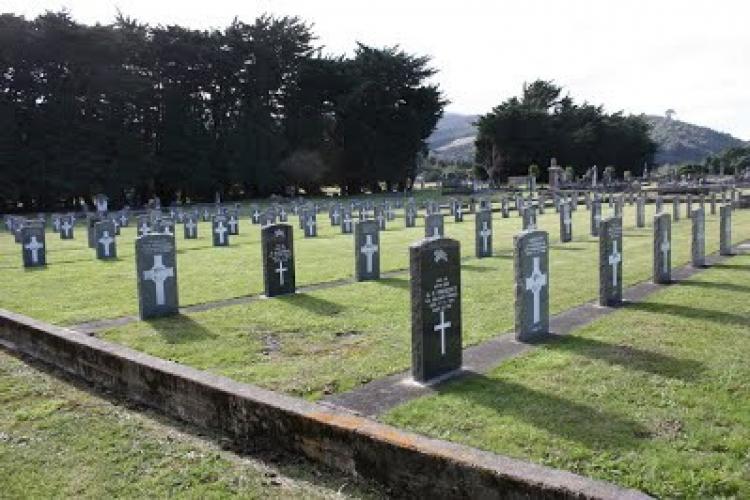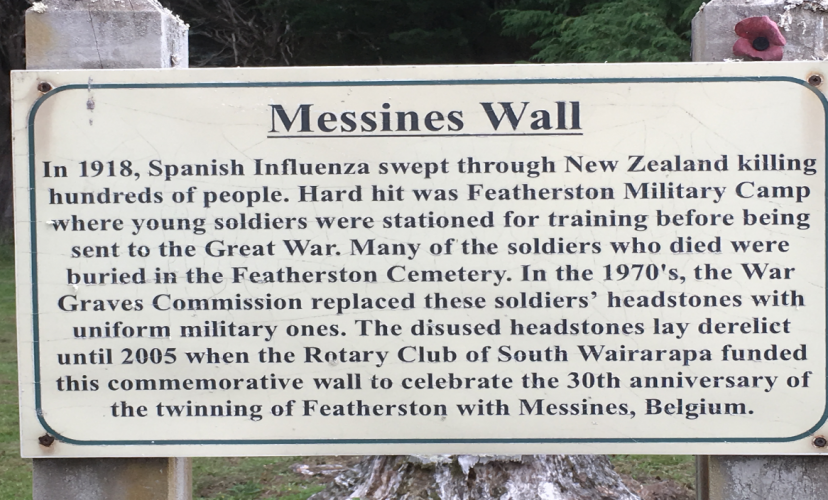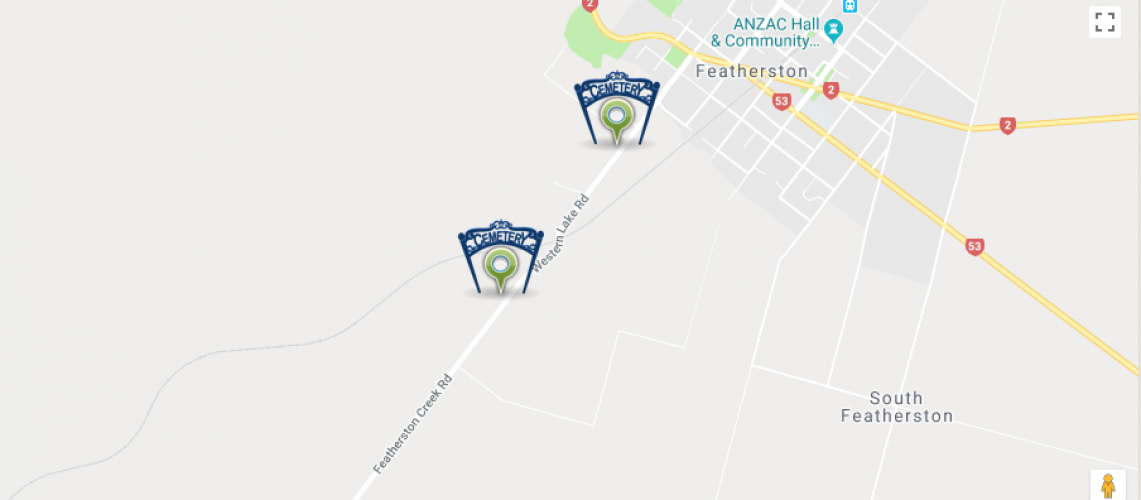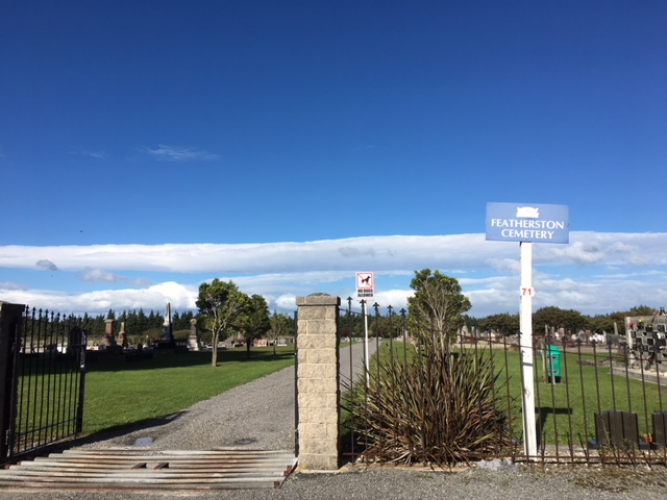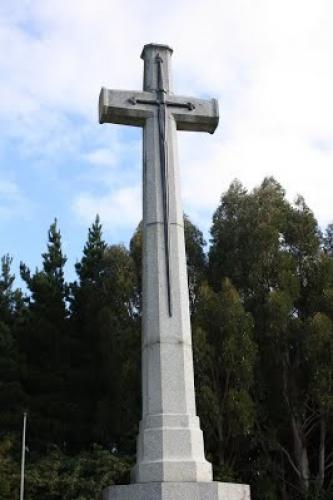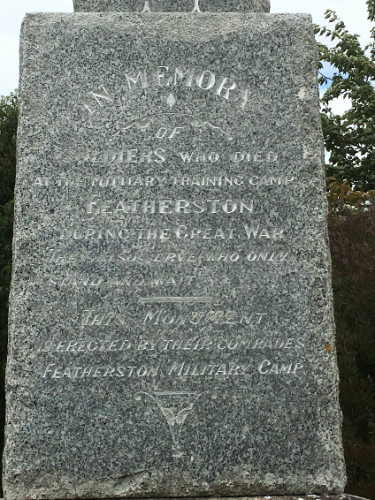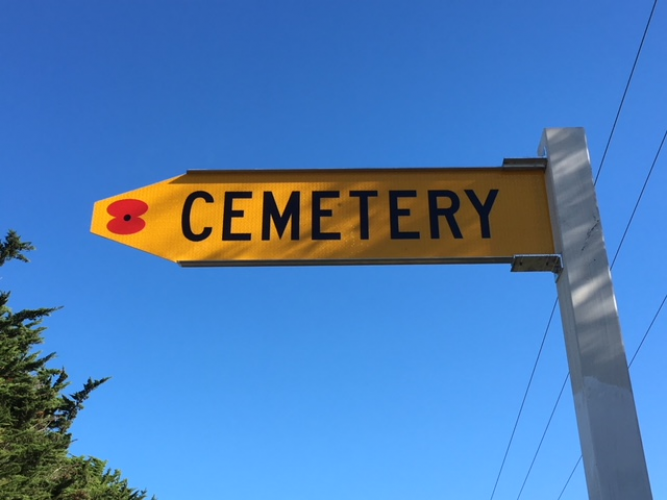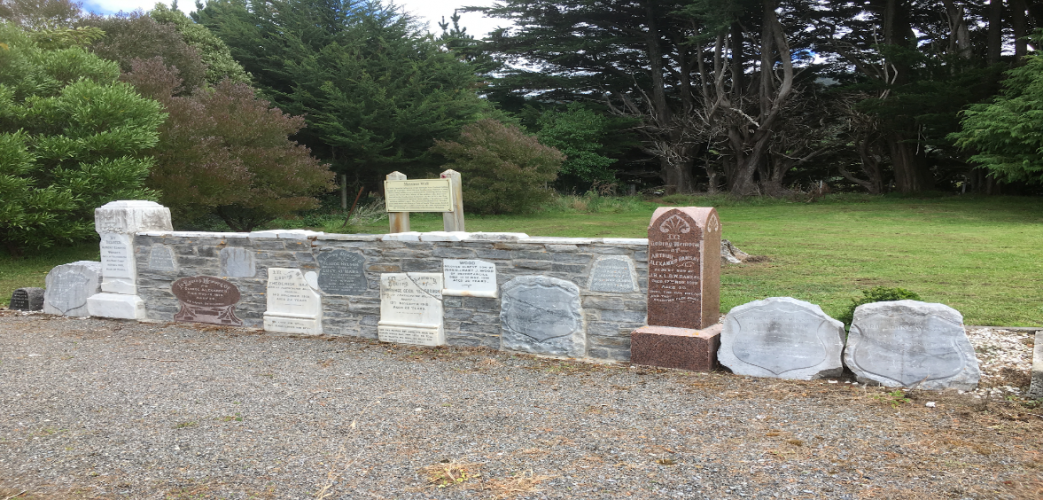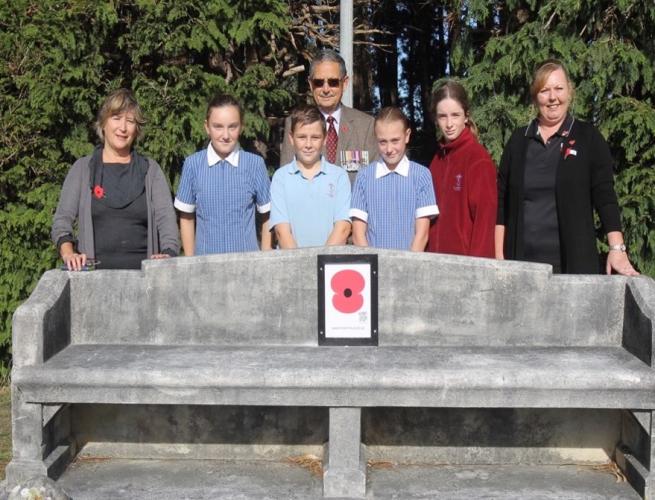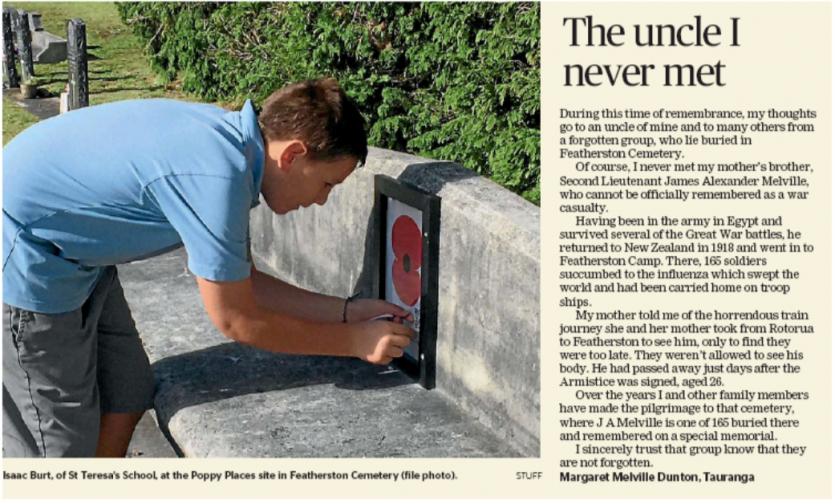132 Soldiers Cemetery Featherston, Western Lake Road 2017
Reason for the name
The Featherston cemetery began in the 1860s for civilians in the area. It has the graves of the first families who pioneered the town. The Soldier’s cemetery came 55 years later when the Featherston Military Camp was built in August 1915. Soldiers who died during training were usually buried at the Featherston cemetery and today the soldiers memorial forms a large part of the site .
This Poppy Place tells the story of a cemetery in which the soldier's graves form a large part of the site. This has been the tragic result of soldiers dying during training for war, illness and disease.
Authors: Liam Preiss, Baylee Eberlein, Joulynn Parr, Nathan Noble (Students at St Teresa’s School Featherston) Carrie Watson (Teacher)
The Featherston cemetery began in the 1860s for civilians in the area. It has the graves of the first families who pioneered the town.
The Soldier’s cemetery came 55 years later when the Featherston Military Camp was built in August 1915. Soldiers who died during training were usually buried at the Featherston cemetery. In December 1917 an obelisk was built by men from the camp at the cemetery, to remember those who had died during training and illness. An obelisk is a four sided monument with a pyramind shaped top, they are built to honour more than one person.
By October 1918 around 20 soldiers had been buried at Featherston cemetery and then in November 1918 over 160 soldiers had been buried due to the influenza epidemic. Most of these were soldiers but there were members of the medical staff buried as well.
Now there are 182 military graves, 180 from the 1914-1918 war and two from the 1939-1945 war. There are 180 New Zealanders, one woman, and one UK soldier. They are buried in rows near the obelisk with the names of those who died in the Influenza Epidemic engraved around the bottom of the obelisk.
A Cross of Sacrifice is a Commonwealth war memorial designed in 1918 by Sir Reginald Blomfield for the Imperial War Graves Commission. They are found in Commonwealth war cemeteries that have 40 or more graves.
The Cross of Sacrifice at Featherston cemetery was unveiled on Anzac Day, April 25, 1931 by the Hon. P. A. de la Perrelle before about 600 people.
In the early 1970s the Featherston Borough Council replaced 40 private headstones with official headstones as they wanted the cemetery to look like a Commonwealth War Graves cemetery and they wanted it to be easy to maintain. The Council tried to contact any surviving relatives and when no one objected they went ahead. In 2003 local people were not happy that a number of headstones were lying in a pile at the back of the cemetery. A wall that incorporated these headstones was erected beside the obelisk memorial. The wall was unveiled on 11 November 2005 to mark the 30th anniversary of Featherston becoming twin towns with Messines in Belgium.
Returned services graves from the Featherston area are in another section on the southern edge of the cemetery. The returned services men and women are the men and women who have returned from serving in the military forces.


